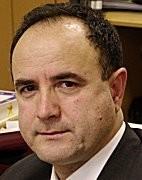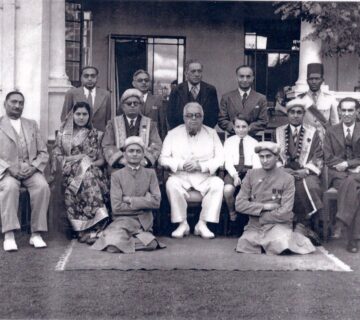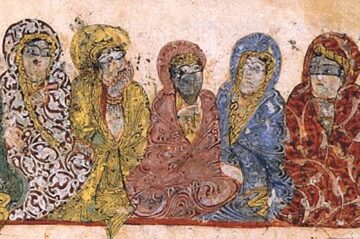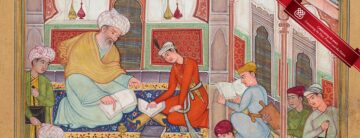Keywords: Central Asia, Tajikistan, Badakhshan, Panj River, Pamir Mountains, Tajik Ismaili, Ismaili, spread of Islam, Ismaili da�wa, diversity, Imam, SamanidsMuslim dynasty in the Khurasan and Transoxania region of mediaeval Persia (900–1005)., Abu Ali ibn Sina, Al-Biruni, Firdousi, FatimidsMajor Muslim dynasty of Ismaili caliphs in North Africa (from 909) and later in Egypt (973–1171) More, Al-Mustansir bi-Allah, Nasir Khusraw, Ali ibn Asad, Sufi Tariqahs, imamIn general usage, a leader of prayers or religious leader. The Shi’i restrict the term to their spiritual leaders descended from ʿAlī b. Abī Ṭālib and the Prophet’s daughter, Fatima., pirLit. ‘elder.’ (like the Arabic shaykh). Spiritual director (=murshid), who may be the founder of a Sufi ṭarīqa. The earliest Qasim Shahi Imams were referred to as pirs. In the…, khalifa, jamat, Soviet Union, stability, Aga Khan Development Network
Abstract: In this study, the author writes about the history of the Tajik IsmailisAdherents of a branch of Shi’i Islam that considers Ismail, the eldest son of the Shi’i Imam Jaʿfar al-Ṣādiq (d. 765), as his successor. who belong to the larger Badakhshani Ismaili community living on both sides of the Panj River that divides Afghanistan and Tajikistan. The Tajik Ismailis constitute one of the largest and historically oldest concentrations of Ismaili communities in the world. This article provides a brief overview of their history from the spread of Islam in Central Asia in the eighth century to the current post-soviet era where the contemporary Tajik Ismailis have participated not only in the change of the broader processes of politics and culture, but in the restoration of stability in conjunction with the work of the Aga Khan Development Network (AKDNThe Aga Khan Development Network (AKDN) is a contemporary endeavour of the Ismaili Imamat to realise the ethics and social conscience of Islam through institutional action. More).
Author

Dr Sarfaroz Niyozov
Sarfaroz Niyozov was born in the village of Shujand in the Roshan district of Badakhshan, Tajikistan. He received his undergraduate education at Tajik State University and graduated with an Honours degree in Arabic in 1983. Dr Niyozov subsequently worked as an Arabic-Russian translator in Syria and Yemen and later began his graduate studies at Tajik State University where he was also employed as an Arabic instructor.







